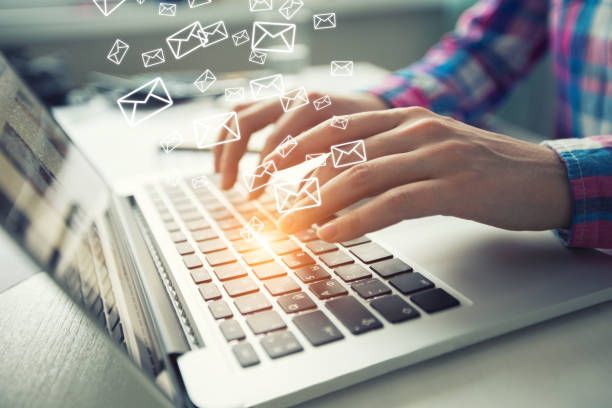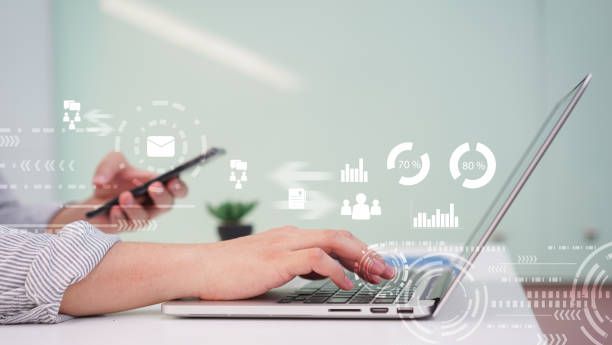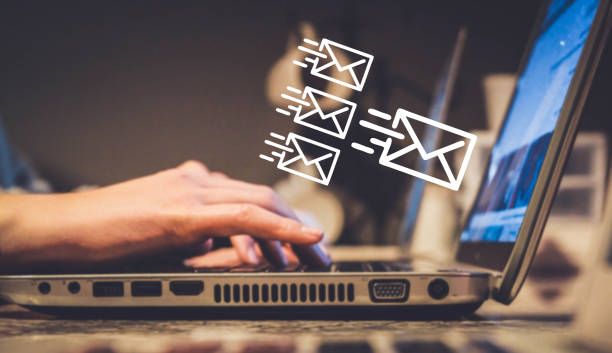In today's fast-paced work environment, email has become an integral part of our daily communication. However, constantly checking and responding to emails can be a major productivity drain, leading to distractions and reduced focus on important tasks. To strike the right balance between staying responsive and avoiding email overload, it's crucial to determine how often you should check your work email. In this comprehensive guide, we'll explore expert insights, best practices, and answer commonly asked questions to help you optimize your email management and increase overall productivity.
Understanding the Impact of Frequent Email Checking

Before diving into the recommended frequency for checking work email, it's essential to understand the potential consequences of excessive email checking:
- Reduced Focus: Frequent interruptions caused by checking email can disrupt your workflow and lead to decreased productivity. Constantly shifting your attention between tasks and emails can hinder concentration and efficiency.
- Increased Stress Levels: The constant urge to check and respond to emails can create a sense of urgency and contribute to higher stress levels. The pressure to be constantly available can take a toll on your well-being and work-life balance.
- Slower Response Times: Paradoxically, checking email too frequently can result in slower response times. By constantly interrupting your workflow, you may end up spending more time on trivial emails, delaying your responses to critical messages.
- Lack of Deep Work: Deep work, characterized by focused, uninterrupted concentration, is essential for tackling complex tasks and fostering creativity. Frequent email checking disrupts deep work cycles and makes it challenging to achieve high-quality outcomes.

Determining the Ideal Email Checking Frequency

The ideal frequency for checking work email varies depending on factors such as job responsibilities, industry, and personal preferences. Here are some expert insights and best practices to help you find the right balance:
- Set Specific Check-In Times: Instead of constantly monitoring your inbox, allocate specific times throughout the day dedicated solely to checking and responding to emails. This approach allows you to concentrate on your primary tasks while still ensuring timely email communication.
- Prioritize Deep Work Intervals: Reserve uninterrupted blocks of time for deep work, free from email distractions. Designate periods during the day when you focus solely on complex tasks, allowing you to delve deep into problem-solving and innovation.
- Avoid Morning Email Overload: Many productivity experts advise against checking email as soon as you start your workday. Instead, use the first part of your day to tackle critical tasks and set priorities. Once you've made progress on essential work, you can allocate time to check and respond to emails.
- Consider Urgency and Importance: Not all emails require immediate attention. Train yourself to distinguish between urgent and non-urgent messages, and prioritize accordingly. This practice helps ensure that important emails receive prompt responses while minimizing unnecessary disruptions.
- Leverage Email Filters and Rules: Use email filters and rules to automatically sort and prioritize incoming messages. Categorize emails based on their importance, sender, or topic, and create folders to organize your inbox effectively. This way, you can focus on the most critical emails first without being overwhelmed by the entire inbox.
Frequently Asked Questions about Checking Email at Work
Q1: Should I check my email continuously throughout the day to stay responsive? A1: Constantly checking email can lead to reduced productivity and increased stress. Instead, establish specific check-in times throughout the day to balance responsiveness and uninterrupted workflow.
Q2: Is it necessary to respond to emails immediately? A2: Not all emails require immediate responses. Evaluate the urgency and importance of each message and prioritize accordingly. Promptly respond to time-sensitive and critical emails, while allowing yourself dedicated time for deeper work.
Q3: Can I avoid email overload by setting an "out of office" message? A3: Setting an "out of office" message during periods when you are deeply focused on important tasks can help manage expectations. Inform colleagues and clients about your limited availability and provide alternative contact information for urgent matters.
Q4: How can I minimize distractions from non-work-related emails? A4: Implement email filters and rules to automatically sort non-work-related emails into separate folders. This way, you can focus on work-related messages during designated check-in times, reducing the likelihood of distractions.
Q5: What should I do if my job requires constant email monitoring? A5: If your role necessitates constant email monitoring, consider delegating email management tasks to a designated team member. This arrangement ensures that urgent emails are addressed promptly while allowing you to focus on critical responsibilities.
Conclusion
Finding the optimal balance for checking email at work is crucial for maintaining productivity and reducing distractions. By implementing expert insights and best practices, such as setting specific check-in times, prioritizing deep work, and leveraging email filters, you can effectively manage your work inbox. Remember to customize your approach based on your job requirements and personal preferences. By adopting a mindful and intentional approach to email management, you can optimize your productivity, enhance focus, and achieve better work-life balance.

